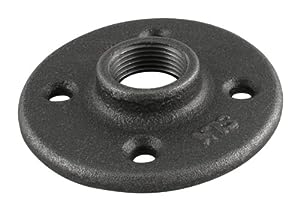Couple of catch ups - This is a crack thread not a nipple thread, lets stay On Topic

I have used solder wire to measure gap, well it was more whether the rolls in a fair sized commercial mill were running parallel, the weren't about 0.8mm out (sticky adjuster baring). Just make sure you use Lead free solder, Tin/Silver solder is pretty easy to get, Lead/Tin solder can smear on the rolls and you can get Lead eluting to your next couple of grist's, even if you don't care your yeast might, Lead is toxic.
Another good indication that your crack isn't up to snuff is the taste of the expended grain, chew some if its sweet there is extract going to waste, can be an indication of poor sparging practice, but is often related to crappy cracking. If you are getting big chunks extracting the sugars is a very slow process.
You want even kibble, relatively intact husk, not too much flour and few uncracked grains.
As mentioned above, the gap is only one part of the equation, the speed of the rollers is also very important (better looked at in terms of surface velocity), Bigger wheels give a better crack than do small rollers, even at the same surface velocity (if you plot the rates of approach from top of the roll to point of closest approach for different sized rollers you will see why). The faster the rate of approach, the more likely it is that the malt will (in effect) explode
If you have the time, running the grist through the mill twice (even at the same gap) will give a more homogeneous crush, any oversized bits get wacked on the second pass and your first pass can be just a bit wider so you get less flour, more kibble and bigger husk fragments.
Its funny milling is the first chance we as brewers get to have much of in impact on the brewing process, a good crack is the foundation of a good beer. A foundation means it underpins everything that follows, good cracking leads to faster lautering, higher extract yield and less problematic products (lipids, tannings, minerals...) moving up stream in the brewing process.
Good cracking gives you more and better beer from the same amount of malt, something worth paying attention to. It often gets less attention than it deserves.
Mark

